Liquid insurance: The policy no one's buying at the Tour de France
30g too much weight for some, while others consider it
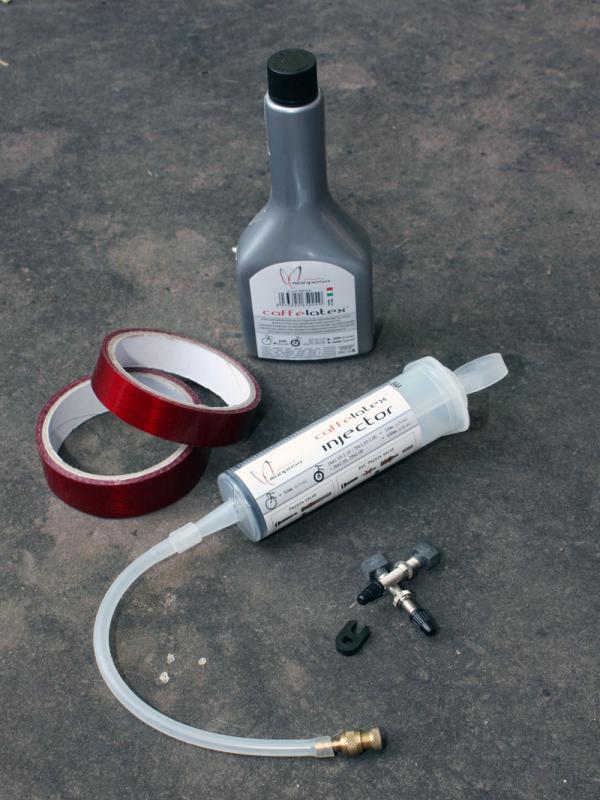
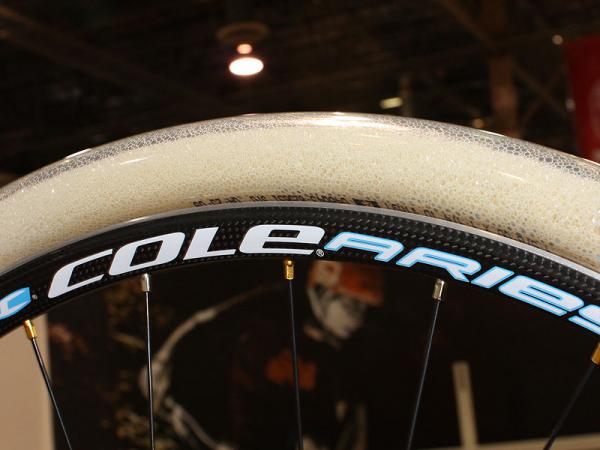
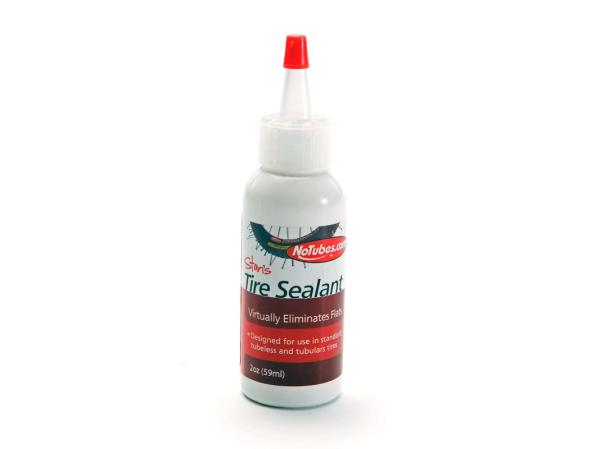
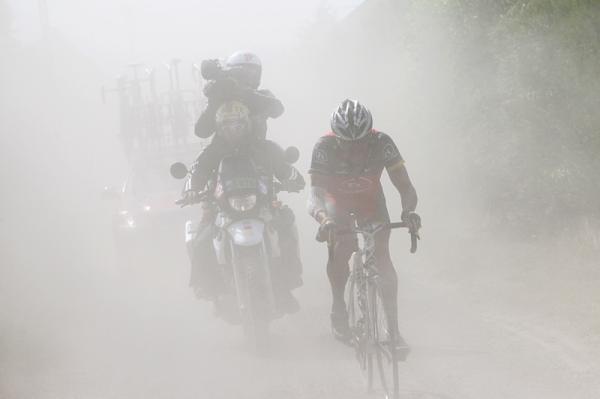
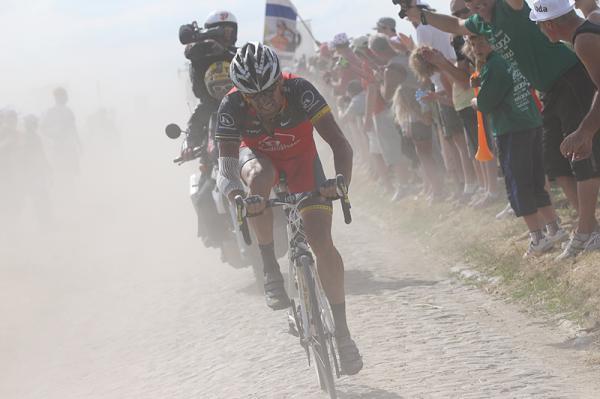
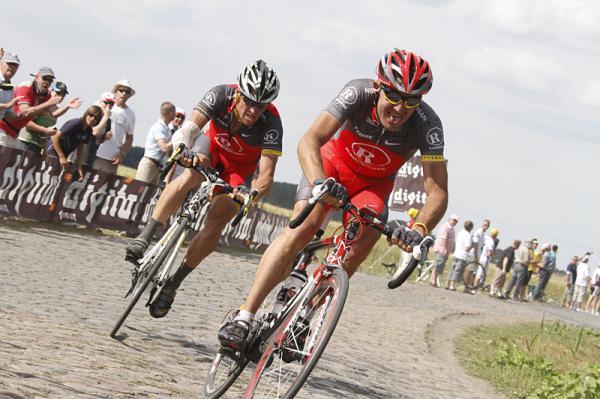
Latex-based liquid sealants have quickly become a fixture in the mountain biking world, almost completely eliminating the nuisance of pinhole-type tire failures and even more severe pinch flats at times, too. Yet for one reason or another, the total number of teams here at the Tour de France that confirmed that they're using some type of preventative sealant in their tubular tires is – zero.
True, road racers at the Tour are amongst the most thoroughly supported in the sport with team cars and neutral support vehicles littered throughout the giant rolling caravan, not to mention a crew of domestiques who can help tow a key rider back to the bunch after a puncture. But all of that effort also burns valuable energy and as we've seen on countless occasions, sometimes those flat tires can come at especially inopportune moments in the race when even the fastest change is still infinitely too slow.
So why doesn't anyone use the stuff?
BMC team mechanic Ian Sherburne explains it bluntly: "weight and [lack of] familiarity."
According to Sherburne, riders are hyper sensitive about any increase in weight, especially out at the tire where it's most keenly felt. While average cyclists may not be that concerned, riders at this level are generally much more sharply attuned to their machines and tacking on even 20 or 30g may seem like a boat anchor to them – if only psychologically.
The lack of familiarity aspect may be a bigger hurdle, though. Bigger and better established teams employ wizard-level mechanics with heaps of experience – but more often than not, it's all on the road with little if any crossover with the mountain bike world.
'How much of this stuff are we supposed to use? What sort of maintenance is involved? Is it safe?' – they're all valid questions and given the stakes, most mechanics rightfully aren't willing to gamble with something they don't know.
Get The Leadout Newsletter
The latest race content, interviews, features, reviews and expert buying guides, direct to your inbox!
Other mechanics such as Roger Theel of Saxo Bank say it simply isn't necessary.
"I don't know if anyone else does [use it] or not but we don't," he said. "We were thinking about it [shakes his head]. The tires are pretty good and we don't get punctures like years before. So far we've found a good combination, also for the Classics and everything, so we're fine with what we have."
Granted, there are downsides to using sealant.
In addition to the weight, there's the issue of longevity. The most popular formulas have finite shelf lives before the carriers evaporate and the remaining latex starts to solidify – and unlike with clinchers, there's no easy way to swap out a tubular's sewn-in latex tube or to thoroughly remove all of the liquid at the end of a season. In addition, there's also some debate over some formula's compatibility with latex that remains to be settled.
Sherburne says he's open to the idea if it proves worthwhile but one of his own team's issues has been finding the right opportunity to test the concept for itself. During the season, he and the rest of the crew are too busy just trying to keep the army of equipment in working order and there's little time for experimentation – and nor is a race the right place to do such a thing, either.
However, Sherburne tells us that the team has recently hired a dedicated service course mechanic who will remain on-site and will have the time to look into the team's equipment – how it can be improved, the criteria by which certain items are selected, whether or not there are new technologies that can be explored – and tire sealant is among the possibilities.
More interestingly, Mike Bush of Stan's NoTubes (one of the largest producers of latex-based bicycle tire sealant) tells us that some Milram riders have already been testing the company's sealant and the results have been promising.
"The sealant is absolutely safe for latex tubies," he said. "[The team's] results seemed to indicate that even if the sealant didn't completely stop the puncture that it allowed the tubie to retain enough air pressure long enough to get a wheel change without completely destroying the rims."
Bush also says that Trek team liaison Ben Coates tried a few years ago to introduce the then-Discovery Channel squad to the stuff but ran into resistance from the team's died-in-the-wool mechanics. Coates himself also confirmed the account, saying that the push "unfortunately didn't" go anywhere.
With that being said, Lance Armstrong (Team Radioshack) might still be enjoying the slim – but important – advantage he gained over rival Alberto Contador (Astana) in the prologue were it not for that unfortunately timed flat tire late in Stage 3.
Perhaps it's time to revisit the topic?